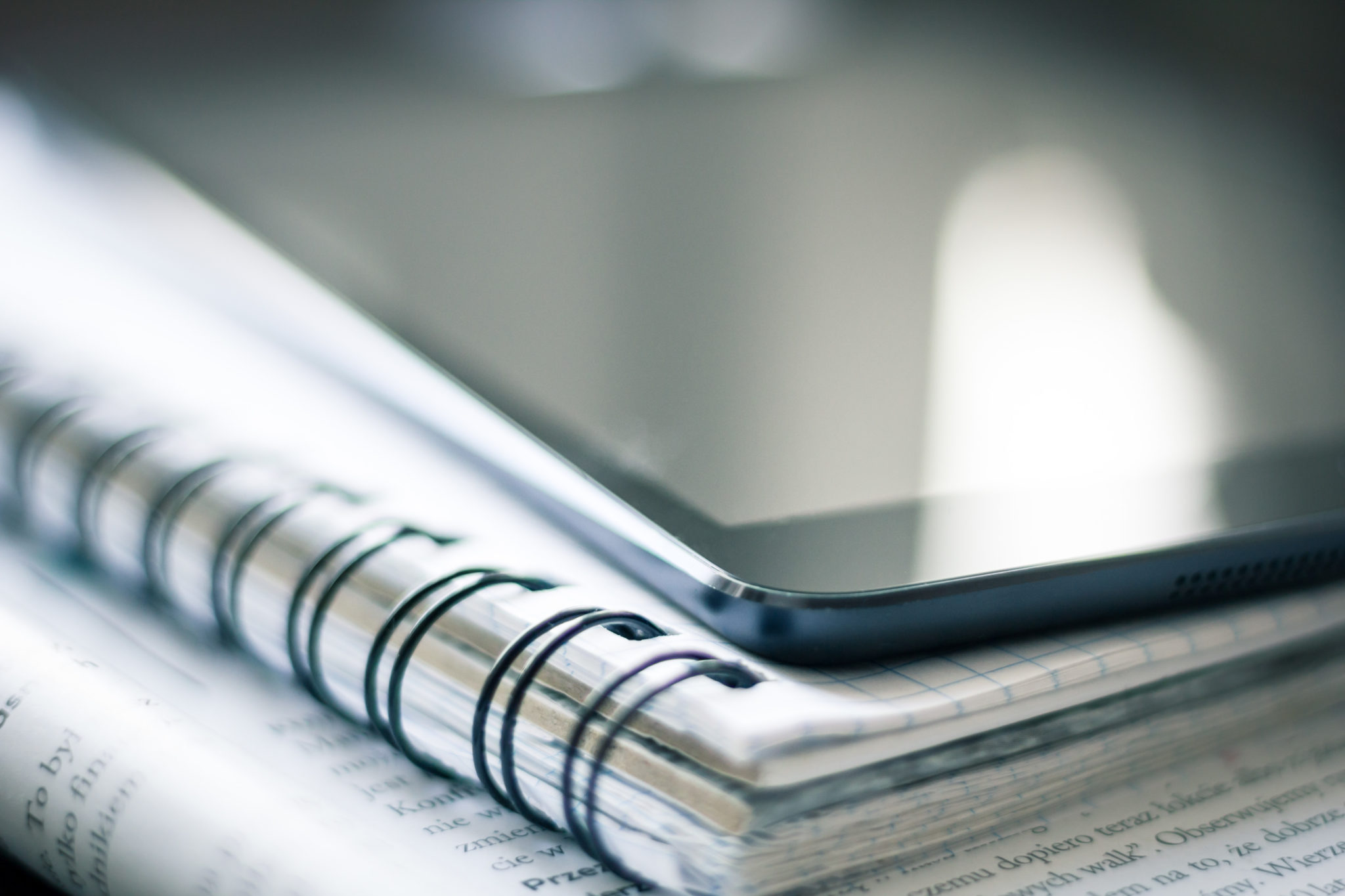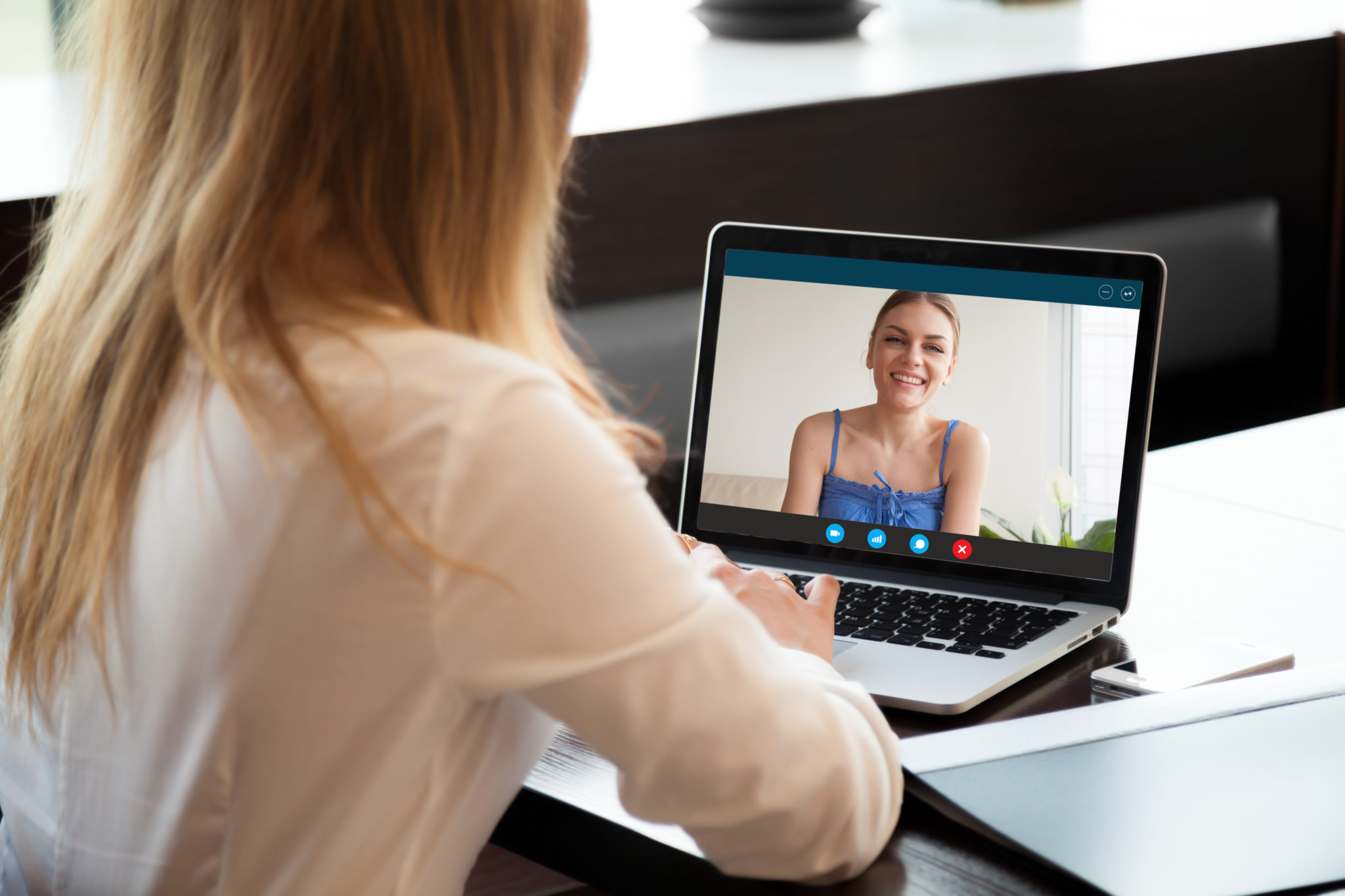Quick Tips: How to move from paper to an EMR System
“Doctor, I want to ask, is it normal I suffocate when I get up? If I do anything, at once I feel suffocated. I can’t breathe normally. What should I do?” This is one of the several messages Ximena Lopez sent to her practitioner over the days following a butt job performed at a Colombian clinic.
Less than a week later the 21-year-old woman was dead due to complications from the procedure. NPR later reported that her Doctor was actually a moderately popular chef; he was even featured online holding up a myriad of dishes that he’d prepared.
Why do clinics need to transition from paper to EMR Systems?
An internet headline recently read “Plastic Surgeons Vs. Criminals in White Coats”. But practitioners dont have to be criminals to suffer the stigma that poorly regulated injection market has given the aesthetic medical industry.

Stories like Ximenas highlight the importance of not just following best practices, but complete and accurate record-keeping as well. While its clear that no one can prevent people from making the decision to see a cheap or unqualified provider, most practitioners want to do their best to educate patients. There’s also a feeling of obligation to warn people about the importance of researching a practitioner’s qualifications before submitting to any procedures.
Why support transitioning from paper to EHR?
What’s the most common complaint you hear from the practitioners that you advise? Its lack of time with patients, no doubt. The time spent updating records, completing notes and documenting each visit costs in both quality of care and clinic profits. An aesthetic centered EHR application truly makes this process simple and far more affordable.
In your industry, you dont need to be told how frustrated practitioners feel when they are forced to spend their days out of their exam rooms, tucked into an office, focused on paperwork not patients. This outdated practice is still one of the leading causes of burnout in our industry. Nevertheless, transitioning from paper to EHR can be a tougher sell than it should be.
A major obstacle to efficiency is that most clinics have tried to transition into a new EHR before and either failed completely or developed their own hybrid system- Integrating semi-effective templates and early or even beta versions of software.

The AHIMA offers the following Tips for the Move from Paper to EHR
- Make a plan; if necessary hire an expert to aid in the transition
Integration of a new record’s system wont happen overnight, it needs a solid planning session if you truly want the practice to feel all of the benefits of strategic EHR software.
- Make staff training a separate, mandatory process
Even the sharpest staff needs training when youre implementing a new system; its how good habits are formed. The midst of a busy practice day is probably the worst place for a staff to receive training. When people are pressed they develop their own processes and create their own shortcuts.
Give each staff member a chance to make the new system work for them; dont force them to run to catch up. Appreciate the learning curve.
- Advise extra time for client visits
Until staff has developed a good flow and a strong level of comfort with the new EHR system they’ll need extra time to develop a best practices routine. Its not unusual for a practice to regress to old, more familiar habits when its people are feeling rushed and underprepared.
Emphasize the fact that extra time invested in developing a good flow from the start is guaranteed to pay off once the system is in place. In fact, once theyve mastered the system, most thriving EHR based aesthetic practices dont know how they functioned before the platform.
- Agree on a completion date
One of the best ways to ensure that the clinic will never complete the transition is to omit a completion date from your plan. Half-finished electronic medical records are an epidemic. Often the reason that we find a chaotic practice is that they have a great strategy with a nebulous completion date.
- Set criteria for past records
A majority of practices choose to use a patients last visit date as the first layer of criteria. If its been several years since the clinic has seen a patient and they dont have any new appointments scheduled, they can typically be the last files you convert when youre transitioning from paper to EMR.
- Find an aesthetics focused system
Fortunately, the aesthetic medical communitys need for changing from paper to EHR has caught the attention of the software development world. But unfortunately, that leaves many practitioners with a well-marketed, largely ineffective platform.
Why are so many EHR platforms ineffective?
Because they are designed by business people or by the software developers themselves, and regardless of good intentions, the intricacies of an aesthetic practice are something you learn from experience, not data collection. Forbes has actually taken notice of the trend, running regular articles on the Electronic Health Record business. Verizon has even made a stab at the market.

What can a good EHR platform do for our practice?
As you know most medical practitioners constantly question the amount of time spent on charting and related record keeping vs. the time they actually have for patients . It’s probably one of your biggest pain points.
Most aesthetic practitioners spend much of their valuable time on paperwork. Its been a bane of the medical profession for as long as most practitioners can remember. Now, with the advancements in AI, the right EHR software can help keep them in the room with their clients, where they truly want to be.
- Offer ease of access:
A good EHR system allows for scheduling and Q&A by front desk personnel and eliminates expensive, time-wasting habits. If you had to ballpark the number of hours your practice spends each month simply passing information to the front desk personnel what would it be?
If you are like most practitioners its more than you’d like to admit. A well implemented EMR system changes all this, information is accessible from any device anytime with authorized permission.
- Incorporate best practices:
Forbes contributor, Leah Binder recently stated, No matter how whiz-bang the gadgets or ways to improve CX, debilitating and painful medical errors and infections wont long be tolerated by new consumers or purchasers and payors.
Compliance should be built into a solid EHR platform by industry veterans who know what government bodies require. HIPAA reviews add unnecessary stress and time-stealing paperwork that can now be eliminated with solid software. A good system will keep your practice thriving, rather than tying up key personnel for inevitable inquiries.
- Maintain transparency and traceability
Imagine the difference in patient enthusiasm when practitioners have instant access to each treatment, each patient’s goals and a cosmetic timeline that shows their progress. Side by side comparisons will assure both patient and practitioner that the patient looks better and better. This helps both refrain from unnecessary treatments.
- Keep a record of lot numbers and volume
Top-rated platforms will give you an immediate view of the product volume with the option to mark a photo of your client at each injection site. This is not only an important aspect of best practices, it also gives your staff easy access to histories when clients call in for information.
The Federal Government takes the proper recording of product volume, use and lot numbers very seriously. When a Government Body needs to trace lot numbers and dates your EHR platform should be capable of accessing the information within seconds.
- Provide seamless access and confidentiality
The best Aesthetic EMR systems allow separate viewing areas for practitioners and other staff where notes and sensitive HIPPA data is only shown at the director’s discretion.
At the same time, look for a “client friendly” area. The ability to trace their journey with providers alongside them is a priceless tool for building rapport and trust.
Transitioning from paper to is EHR is quicker and more affordable than ever before, and the improved care it gives the average aesthetic patient makes it an easy decision.
{{cta(‘2c477518-f26e-4b5d-ae8c-d86519ad34a0’)}}





